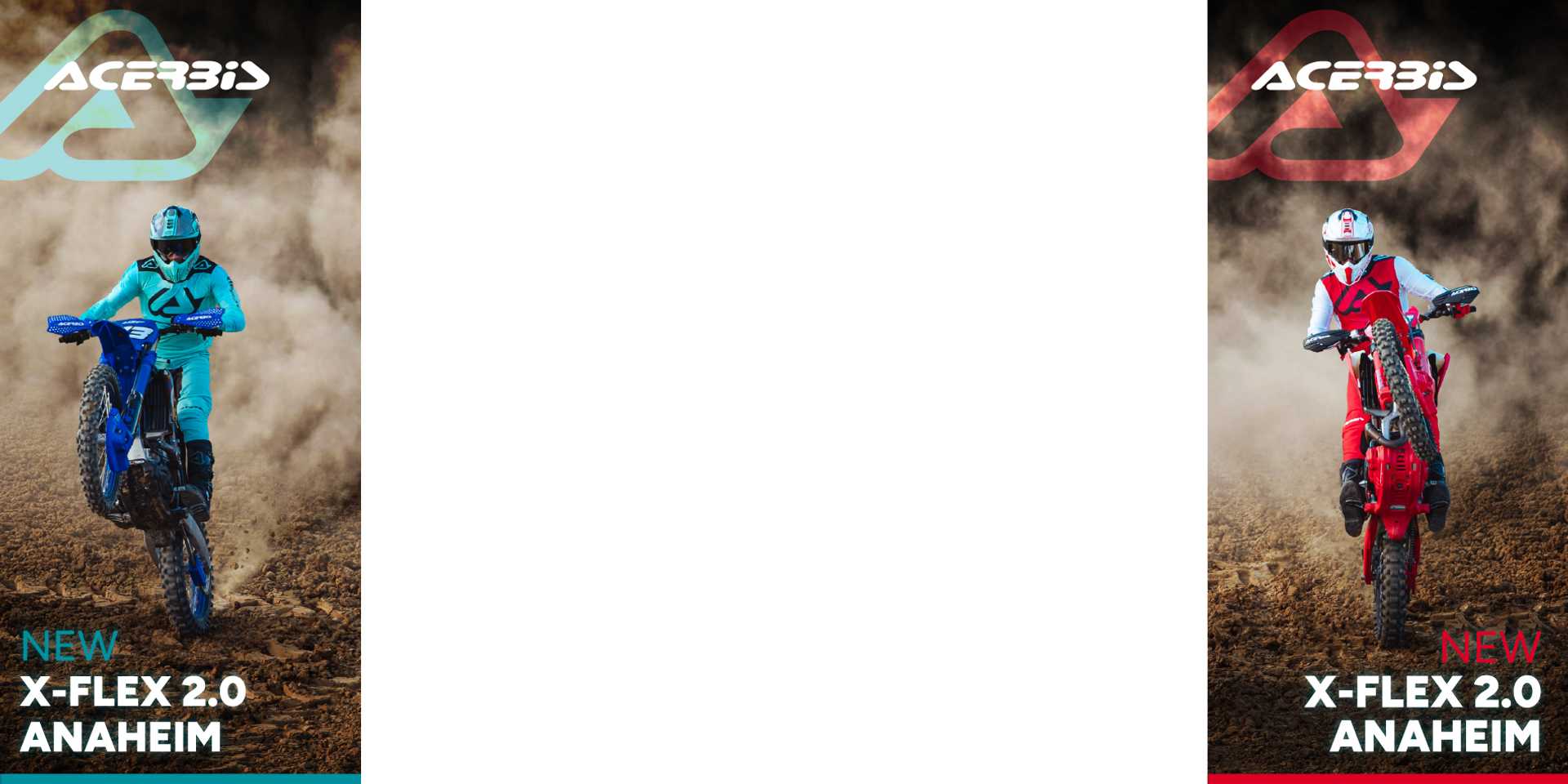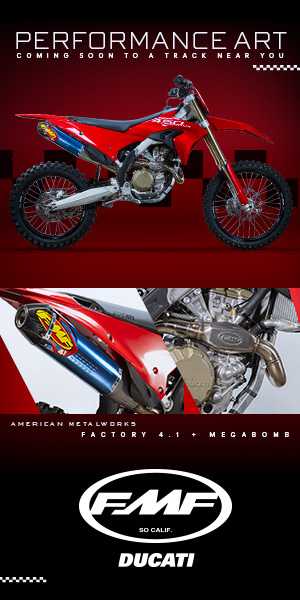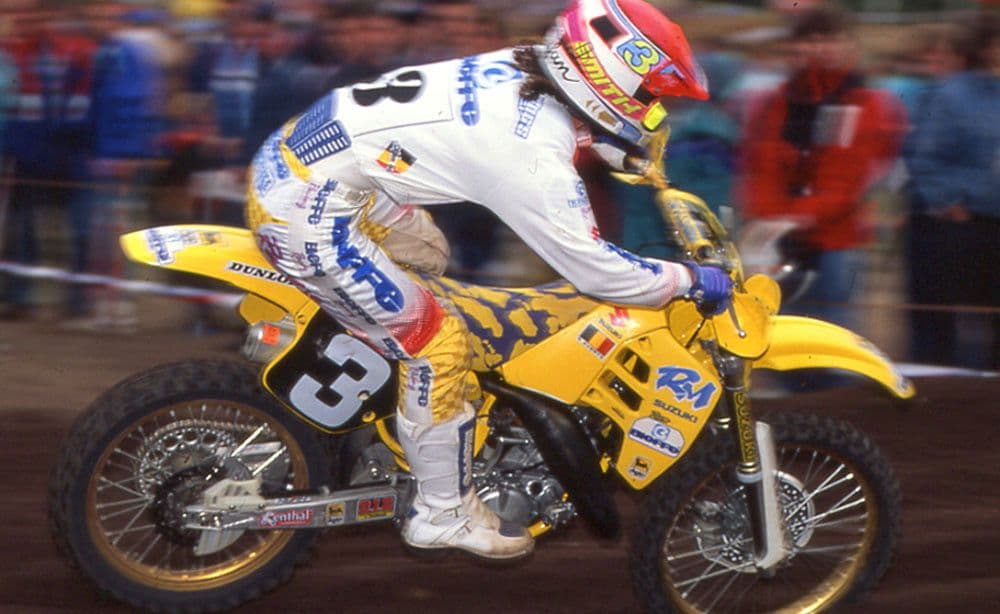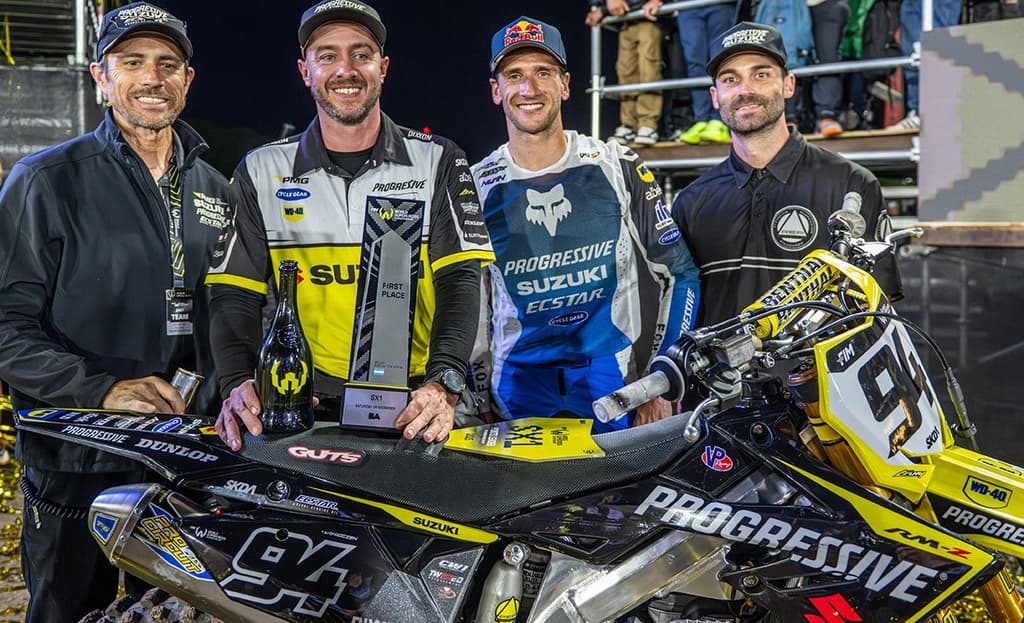WSX Canada - Track Build
For this week’s column, we turn to someone who is used to digging the dirt, Jetwerx CEO Justin Thompson, a former racer and now team leader with two decades of knowledge on his CV, who designs and builds the World Supercross tracks.
Watch the Canadian WSXGP right here: Watch World Supercross Live
Thompson is the founder and CEO of Jetwerx Inc, the company behind the construction of the World Supercross Championship’s track.
A former racer himself and the brother of Canada’s most successful supercrosser, Cole Thompson, he has overseen many high-end projects.
From racer to track builder to promoter to producer, he has a mountain of knowledge and guides us through the process of building these awesome tracks.
What is the process?
Where do you start when building a supercross track inside a stadium? “First, it goes through the design,” says Thompson, as we stand in the centre of the BC Place, home of the BC Lions and Vancouver Whitecaps.
“We start with the original draft and drawings, once that is approved and then those go into CAD [computer-aided design – software that creates and modifies designs for 2D drawings and 3D models.]
“Once they go into CAD, then we build and design everything to spec and then that gets signed off by the World Supercross Championship and the governing body.
“When we come to build it, there’ll be an obstacle or two that changes the track drawing, just because materials or whatever’s changed. But for the most part, it’s 99% exactly the drawing. And then the FIM will come in, inspect it, and then give us the sign-off.”
650 truck-loads of dirt
Thompson makes it sound easy, but when you are creating a track from scratch and racing against the clock to get it ready in time, it is anything but comfortable.
He says: “The dirt is a mix of glacial till and clay. So we have brown clay in here this year, different than last year.
“There is still quite a bit of rock in with the dirt, which we have to sift out, and one of the challenges is that you don’t know how it is going to pack.
“We will have about 650 trucks bring in the dirt,” he says, with a truck arriving every 67 seconds on the first day of the build.”
Technical specs of the Canadian GP track
“The highest elevation of the track is about 15 feet,” he says. “The whoops will be three feet tall. There’ll be 11 in the whoops. We have two step-ons, step-offs. We have one triple that’s 65 foot long. We have five rhythm lanes and the race to the finish line’s about 60 feet.”
The challenge posed to the riders
Reading between the lines, the bit that gives Thompson the most satisfaction is the feedback from the riders. The technical aspect of designing a track that remains a challenge and tests different abilities is crucial.
“The challenge is making it hard enough,” he says. “It definitely has to have different ability levels so one rider’s not going to shine over another. But it also has to have a fun factor to it. It has to be a flowing track, a raceable track with different options so that the guys who are going to risk a bit more are going to go faster on it. So risk versus reward. Those are the things we think about. And then obviously making it safe because ultimately that’s what we want; a good safe racetrack.”








